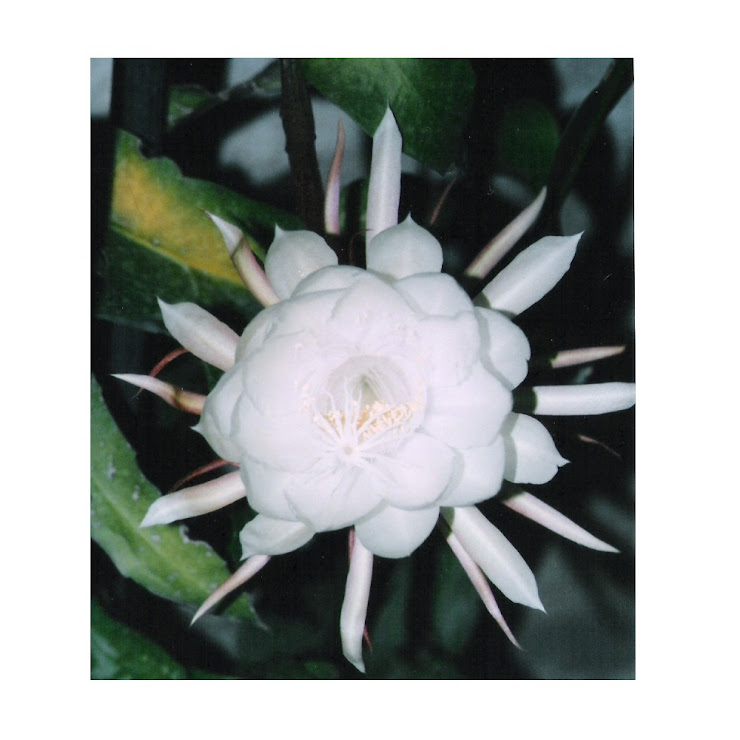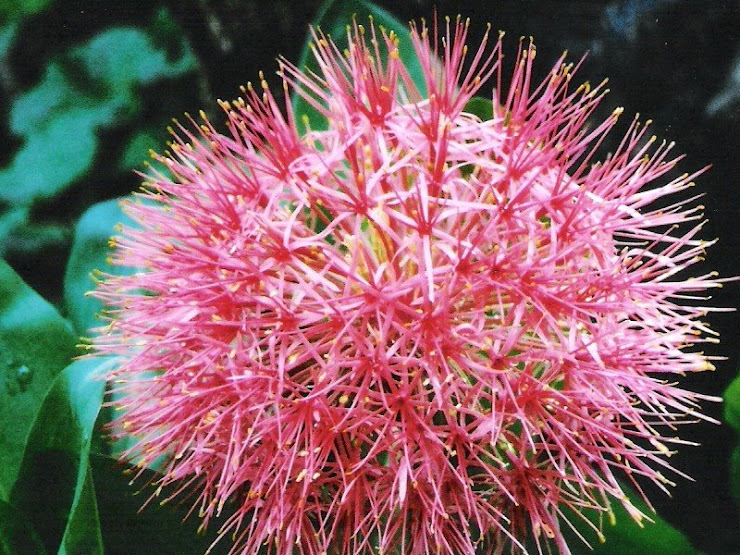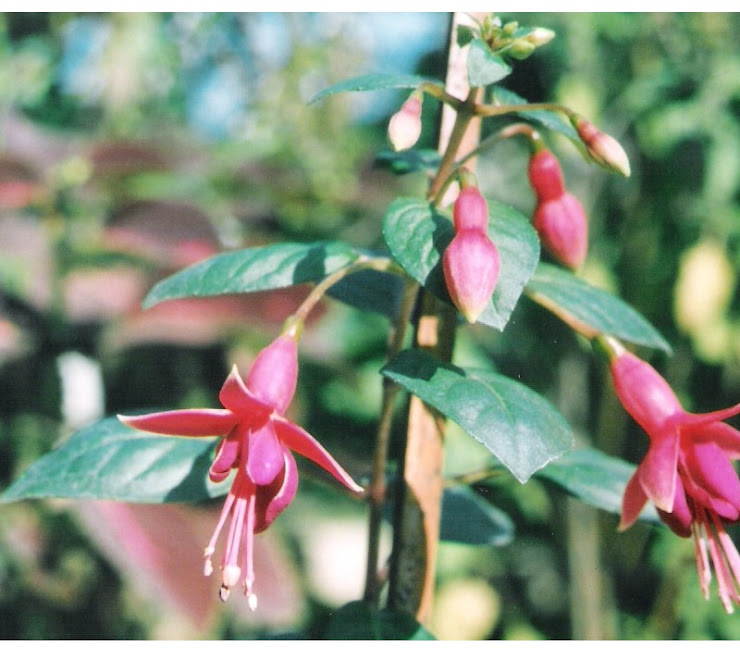Powdery mildew infection occurs on dry leaves. Warm temperatures and shady conditions encourage the fungus to grow and spread. However, the spores and mycelium are sensitive to extreme heat and direct sunlight.
Symptoms Powdery mildew usually shows up on leaf and stem surfaces and does not directly affect most flowers, vegetable and fruits. However, it can affect the flavor of melons and squash and reduce their yield.
Woody species such as Grapes, Fruit trees, Roses and Basel (Tulsi) are more seriously affected. The young fruit of apples and grapes can also develop rough skin due to powdery mildew.Life CycleAll species of powdery mildew fungi require living plant tissue to grow.
On perennials, they survive on buds and stem tissue. Certain weeds will also act as hosts through the winter. The optimum temperature for infection is between 15 to 20 degrees C and relative humidity between 40 to 100% is sufficient for the spores to germinate.
Poor, diffused light also favors powdery mildew development.The mildew can spread rapidly since the disease cycle can be completed in as little as 72 hours. However, it commonly takes 7-10 days from the time of infection to the development of symptoms and secondary spore production.ControlIn most cases, good cultural practices will adequately control powdery mildew.
A few controls are given below:
1. The plants which are resistant to powdery mildew should be selected. In case of roses this is a must. In case of lawns, shade tolerant grasses such Mexican should be grown.
2. Plant in full sunlight in a well-drained area.
3. Do not crowd plants. Air flow and ventilation will discourage mildew growth.
4. Powdery mildew thrives where high rates of nitrogen have been used. High nitrogen promotes tender leaf formation, resulting in dense growth that is more susceptible to infections. Adequately fertilize but avoid stimulating succulent growth.
Use Organic fertilizers or slow-release formulations such as CAN or 12-32-16 mix.
5.Prune plants to get rid of the infected parts and increase airflow. If the infestations are severe, remove and destroy the plants that are infected.
6. Disinfect your pruning tool in a bleach solution made of one part household bleach added to four parts water, after each cut.
7. Watering plants in the morning gives the rest of the day to dry off, discouraging establishment of diseases, including powdery mildew.
Organic Sprays Application of Sulphur is highly effective against powdery mildew and should be used within a gap of 7 to 14 days between applications. Garlic naturally contains high levels of sulphur and a few cloves crushed in water can be used to make a homemade spray.
Apply a sulphur based fungicide at first evidence of mildew and repeat applications as necessary. Proper timing of fungicide applications is critical to successful control, so make sure to begin at the first sign of the disease.
Sulphur is senstive to some squash and melon varieties. Another option is to spray once a week with a solution of baking soda. Baking soda increases the surface pH of the leaf making it unsuitable for the growth of powdery mildew spores.
Be sure to spray the undersides of leaves as well as the upper surfaces when using any of these sprays.
The HOME MADE recipe to make your own spray for powdery mildew:
- 1 teaspoon baking soda
- 4-6 Drops of Neem Oil
- 5 Liter water
- A few drops of liquid soap







No comments:
Post a Comment